When the sun sets, a different world awakens—one filled with mysterious and often chilling creatures that thrive in darkness. While some nocturnal animals are fascinatingly elusive, others are both eerie and dangerous, blending their shadowy habits with predatory instincts. From silent hunters to venomous lurkers, these rare nighttime dwellers aren’t just spooky—they’re a reminder of nature’s darker, wilder side.
1. Aye-Aye: The Haunting Hunter
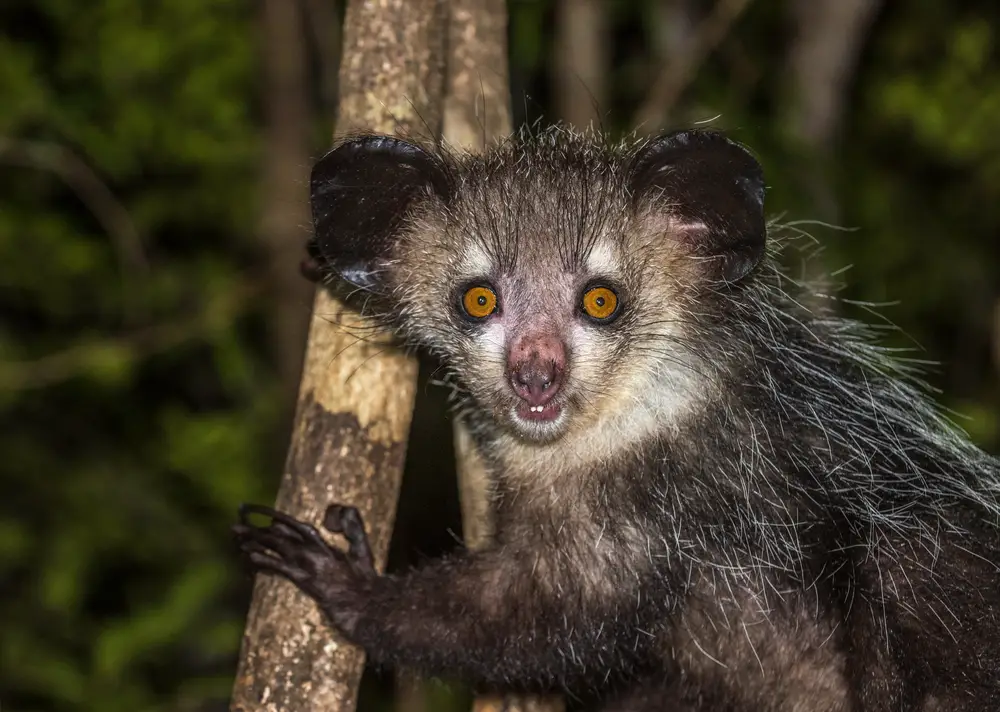
Found in Madagascar, the aye-aye is a primate with an unsettling appearance, thanks to its wide eyes, bat-like ears, and skeletal fingers. This nocturnal creature uses its elongated middle finger to tap on trees, detecting insects beneath the bark. While their eerie look has inspired local myths about bad luck, their real danger lies in their ability to decimate insect populations, impacting ecosystems. The aye-aye is both creepy and essential to its environment.
2. Vampire Bats: The Bloodthirsty Flyers
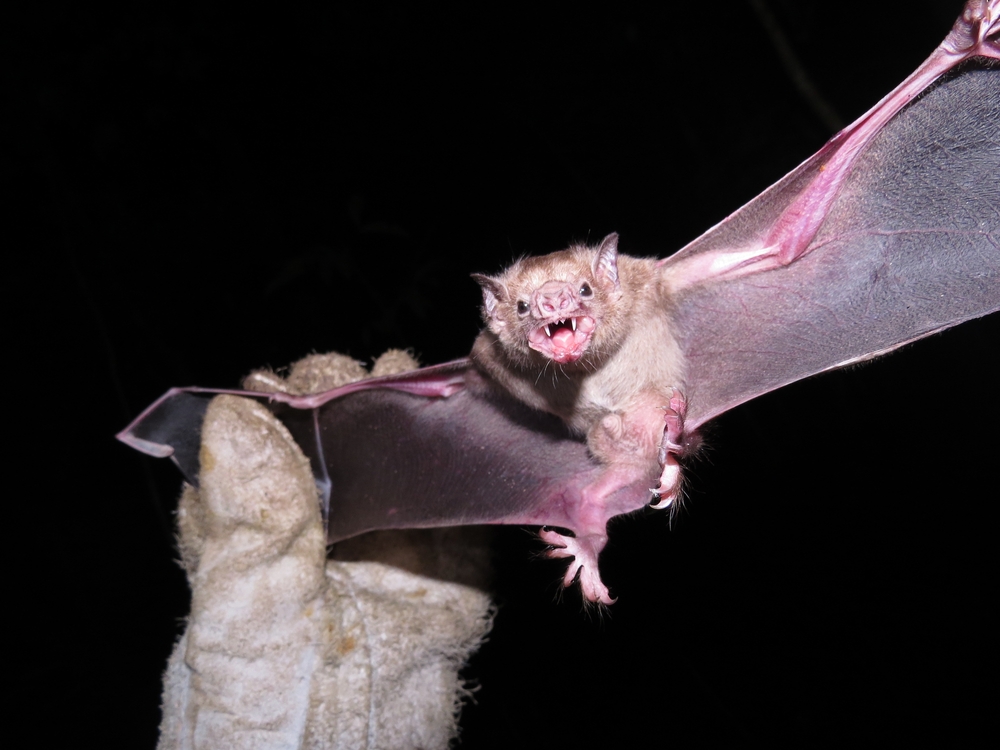
True to their name, vampire bats feed on blood, a habit that has cemented their reputation as creatures of the night. Native to the Americas, these bats use razor-sharp teeth to create small incisions, feeding on livestock or even humans while their victims sleep. Their saliva contains anticoagulants, ensuring the blood flows freely. While they rarely transmit disease, their method of feeding is enough to send shivers down anyone’s spine.
3. Tasmanian Devils: The Screaming Shadows
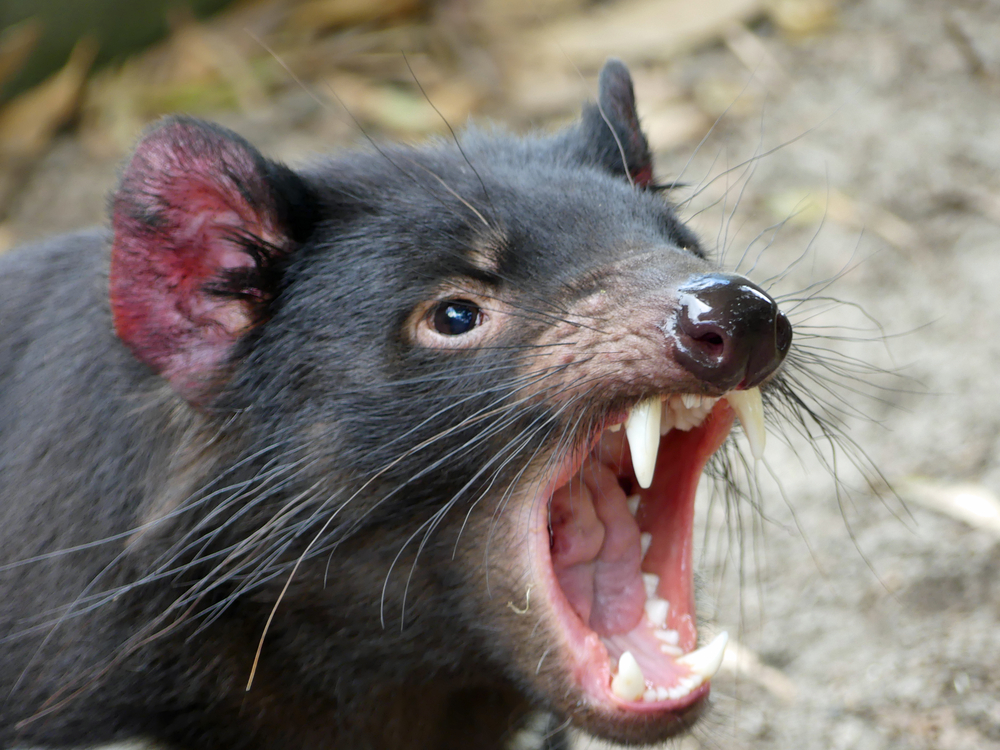
Tasmanian devils are nocturnal marsupials with a ferocious reputation. Their sharp teeth and bone-crushing bite make them highly effective scavengers, but their eerie screams echoing through the night give them an otherworldly aura. Native to Tasmania, these creatures are territorial and will fiercely defend their food, often engaging in loud, aggressive confrontations. While not a threat to humans, their nocturnal habits and haunting cries make them an unsettling presence in the wild.
4. Eurasian Eagle-Owl: The Silent Assassin
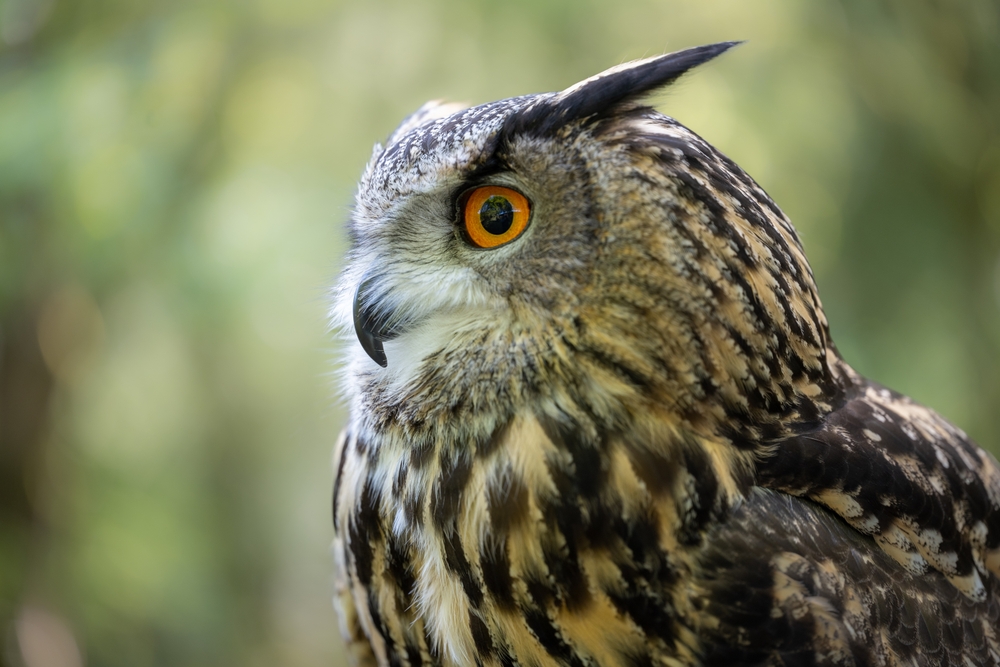
One of the largest owl species in the world, the Eurasian eagle-owl rules the night skies with its silent flight and piercing stare. Its razor-sharp talons and powerful beak allow it to hunt small mammals and birds with deadly precision. This owl’s eerie hoots can send chills through the darkest forests of Europe and Asia. While not dangerous to humans, its ability to strike without warning earns it a place among nature’s most fearsome night hunters.
5. Giant Centipedes: The Crawling Predators
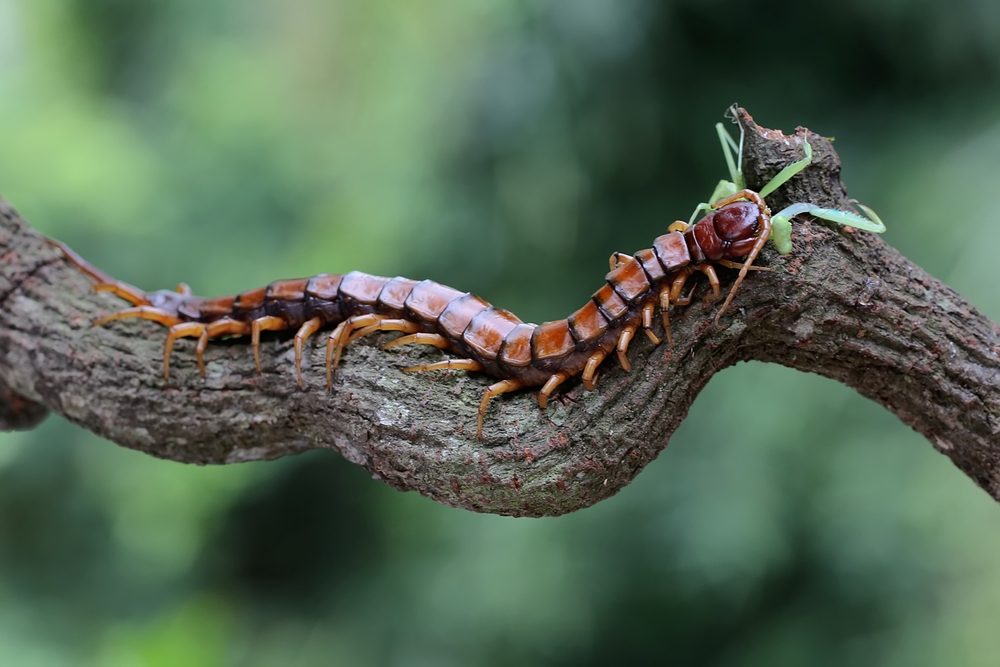
Giant centipedes are nocturnal hunters found in tropical and subtropical regions. Growing up to a foot long, these venomous arthropods prey on insects, lizards, and even small mammals. Their venom, delivered through sharp pincers, can cause intense pain, swelling, and in rare cases, serious reactions in humans. Their rapid, slithering movements and shadowy habits make them both fascinating and deeply unsettling, especially when encountered at night.
6. Fishing Cats: The Feline Anglers
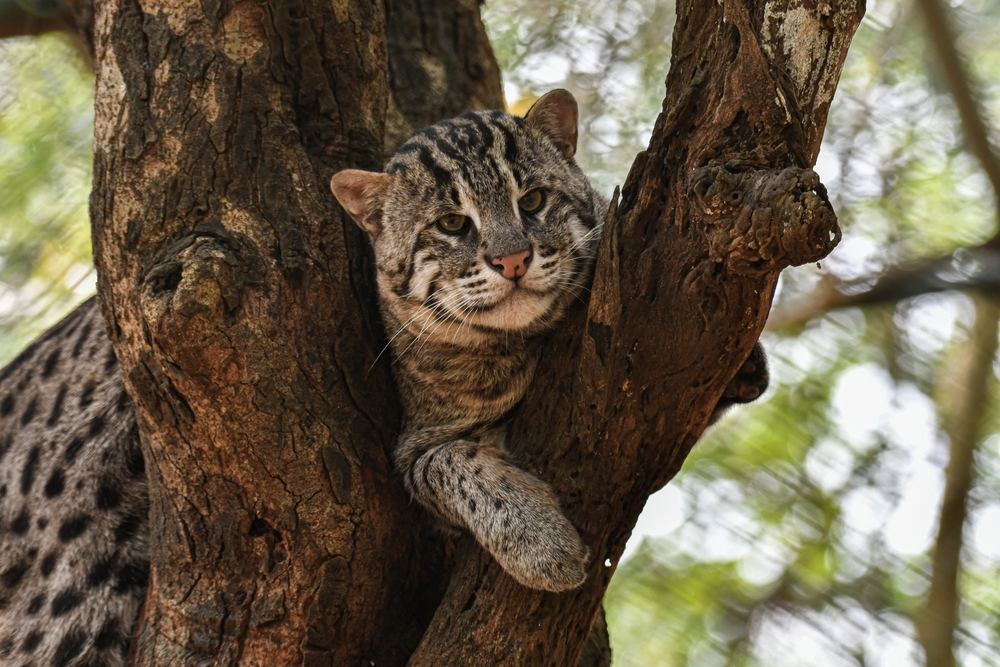
Fishing cats are nocturnal hunters native to wetlands and mangroves in South and Southeast Asia. Unlike most cats, they are excellent swimmers, using their sharp claws and teeth to catch fish with deadly accuracy. These elusive predators are known for their stealth, prowling through moonlit waters in search of prey. Their mysterious nature and rare sightings make them a captivating yet slightly intimidating presence in their aquatic habitats.
7. Huntsman Spiders: The Nighttime Stalkers
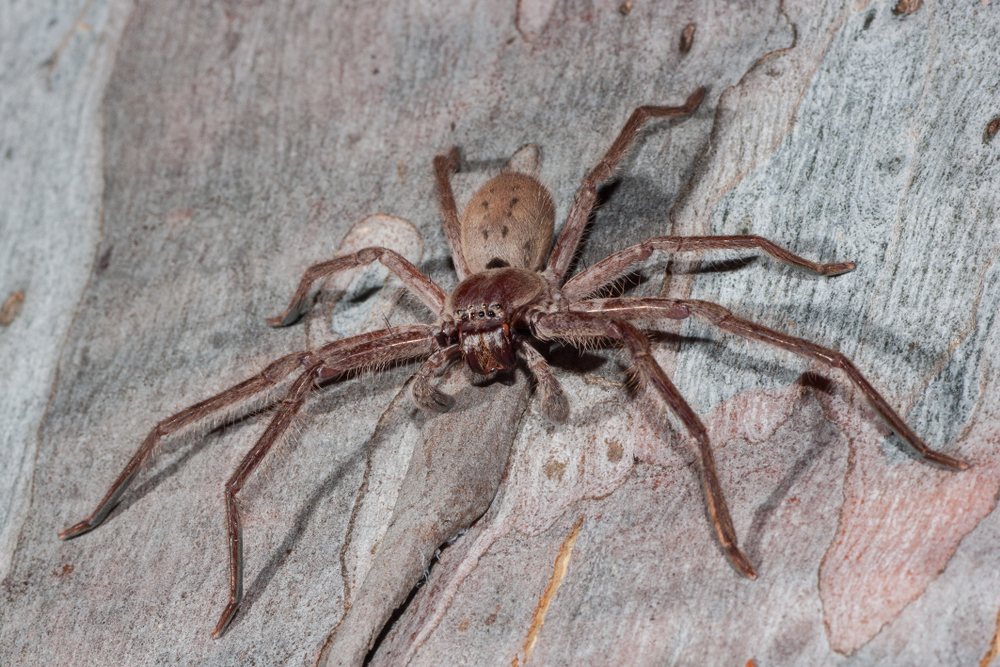
Huntsman spiders are large, fast-moving arachnids that come to life after dark. Found in tropical and subtropical regions, these spiders use their speed and agility to hunt insects and small vertebrates. While their venom isn’t lethal to humans, a bite can be painful and cause swelling. Their habit of darting out from unexpected places at night has made them the stuff of nightmares for many.
8. Indian Pangolins: The Armored Nocturnals
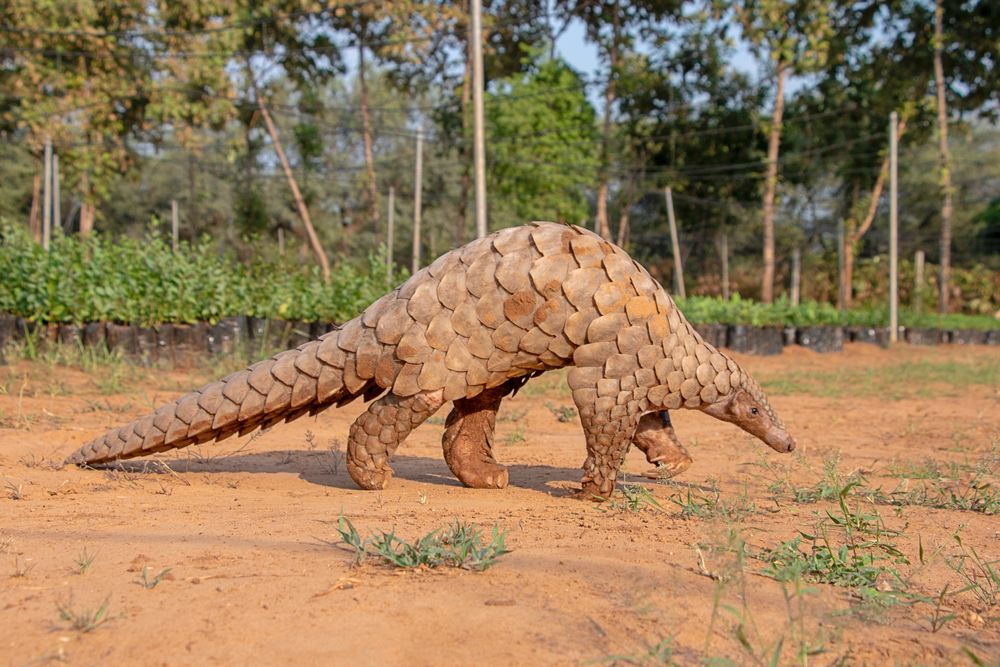
Indian pangolins are solitary, nocturnal creatures covered in tough, overlapping scales. Found in forests and grasslands, they use their powerful claws to dig for ants and termites, their primary food source. While their appearance may seem more intriguing than dangerous, they use their scales as a defense mechanism, curling into a ball to fend off predators. Poaching for their scales has made them critically endangered, adding to their elusive mystique.
9. Spectral Tarsiers: The Tiny Terrors
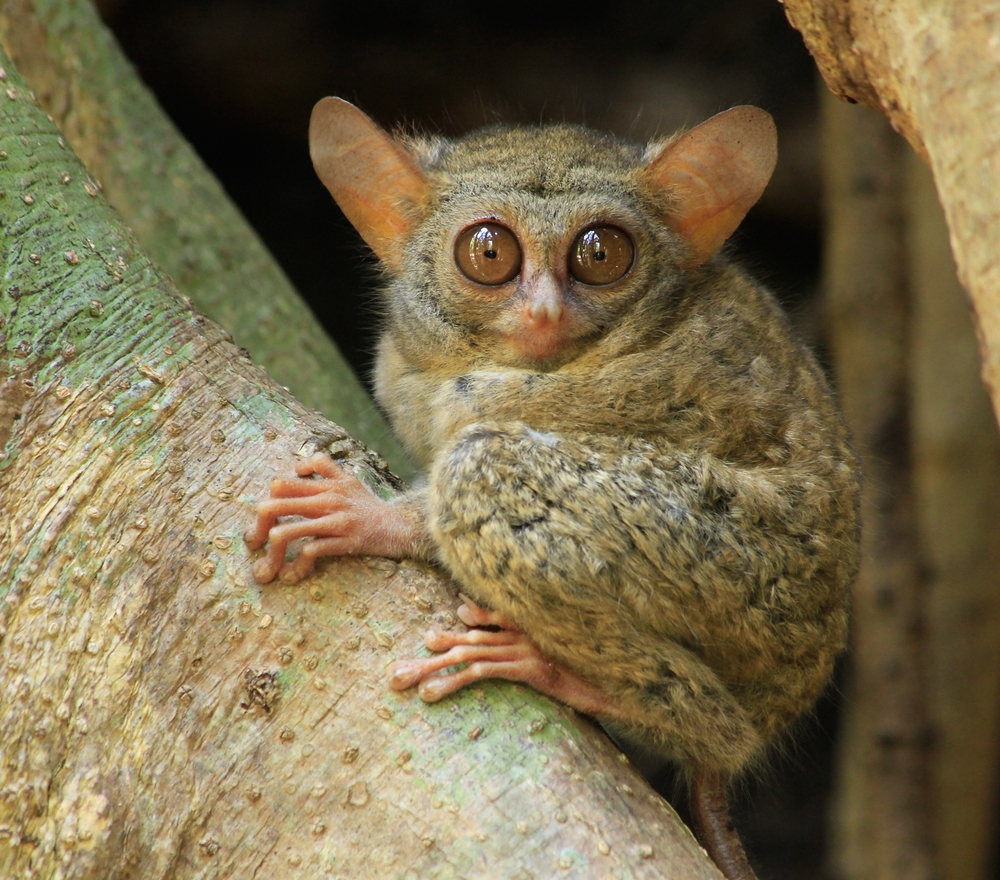
Spectral tarsiers are tiny primates with enormous eyes, adapted for excellent night vision. Found in Southeast Asia, they leap through trees to catch insects, often making high-pitched calls that can sound eerie in the dead of night. Despite their small size, their sharp teeth and relentless hunting make them efficient predators. Their haunting appearance and nocturnal habits have made them both captivating and slightly unsettling.
10. Black Ghost Knifefish: The Electric Swimmers
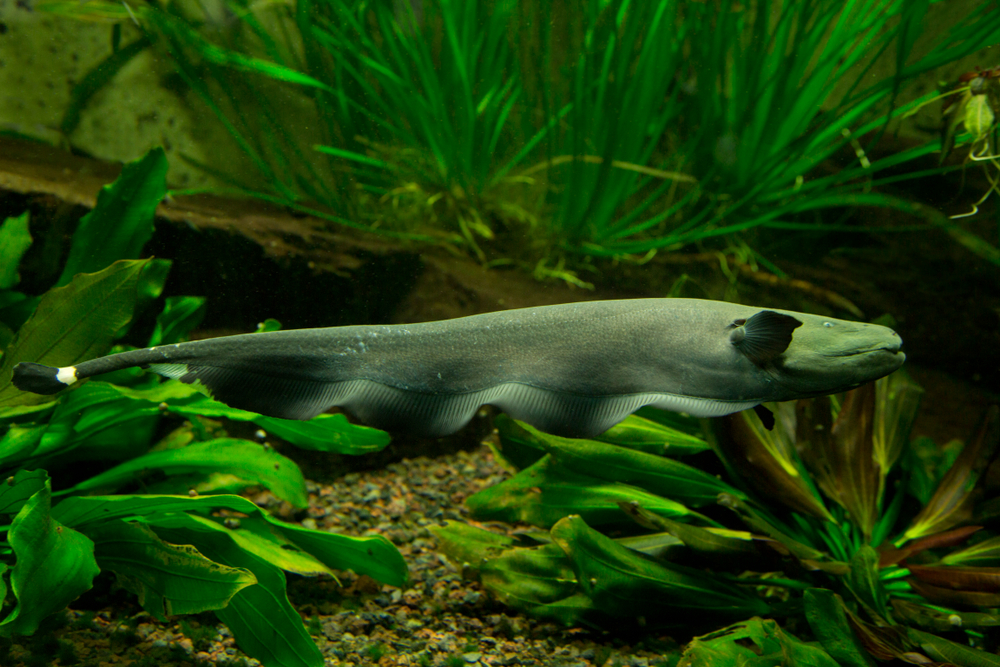
Black ghost knifefish glide through South American rivers like shadowy phantoms. They use weak electrical pulses to navigate and hunt in murky waters, an adaptation that gives them an almost supernatural edge. Their sleek, black bodies and nocturnal hunting habits make them appear otherworldly, earning their spooky name. While harmless to humans, their unique abilities and appearance make them a standout among nocturnal aquatic predators.
11. Striped Hyenas: The Mysterious Scavengers
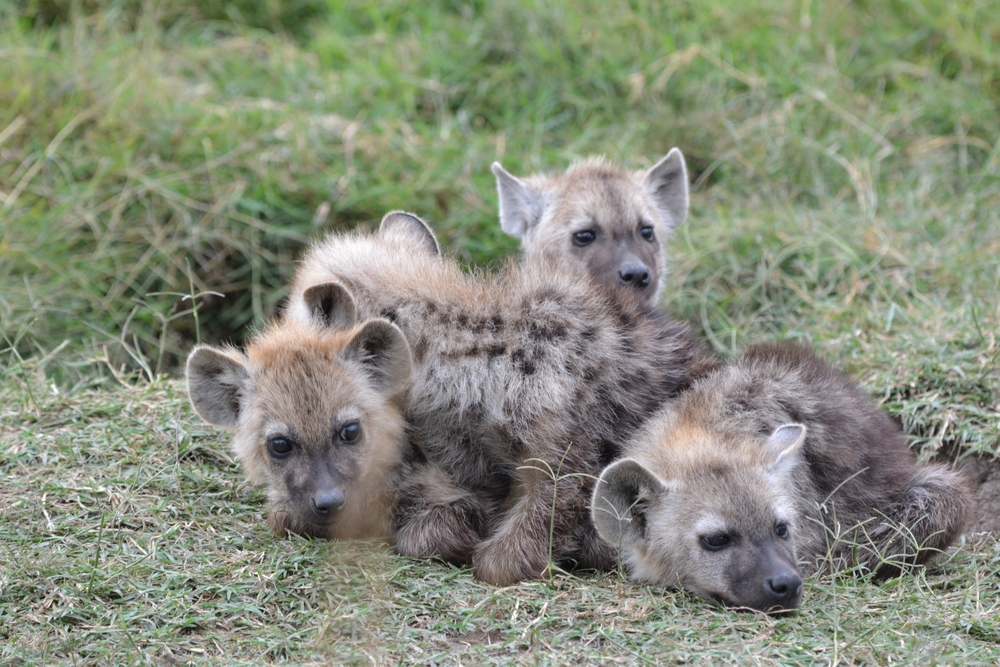
Striped hyenas are shy, nocturnal scavengers found in Africa and parts of Asia. While less aggressive than their spotted cousins, they are fiercely territorial and will defend their food sources against intruders. Their eerie, laughter-like calls can be heard echoing through the night, adding to their mystique. Though they rarely pose a threat to humans, their shadowy presence and scavenging habits make them an unforgettable part of the nighttime wilderness.
12. California Leaf-Nosed Bats: The Echoing Predators
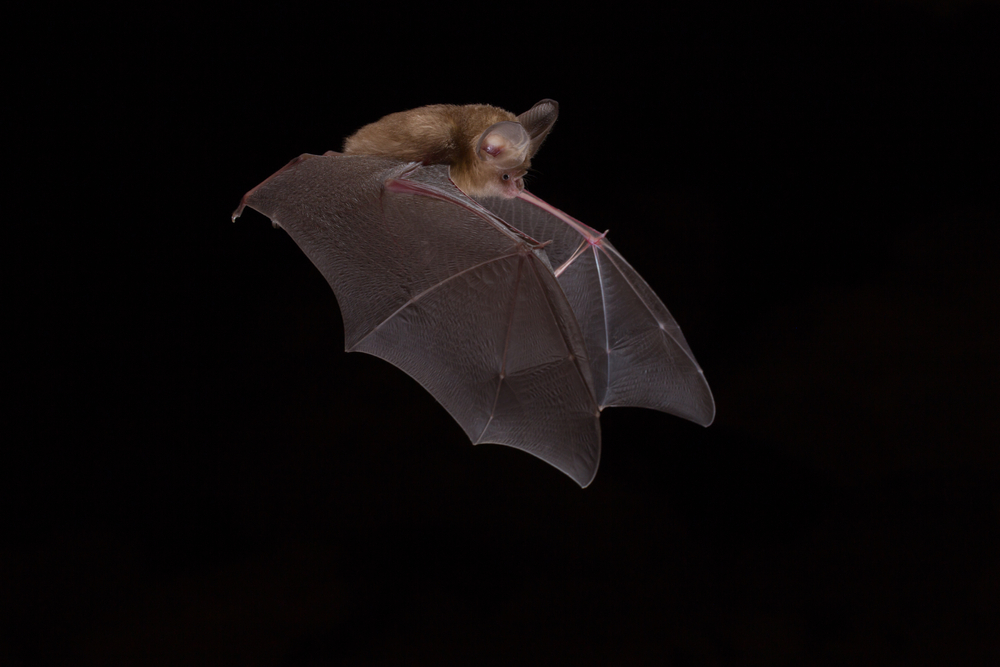
These small bats are skilled hunters, using echolocation to track down insects with pinpoint accuracy. Native to arid regions of North America, they thrive in caves and abandoned mines, emerging at night to feed. Their large, leaf-shaped noses and silent flight give them an eerie appearance, while their efficiency as predators makes them formidable. Though harmless to humans, their nighttime activities and unusual looks make them a fascinating part of the nocturnal world.
13. Wolffish: The Deep Sea Guardians

Wolffish lurk in the cold, dark waters of the North Atlantic, hiding among rocky seabeds. With powerful jaws and sharp teeth, they feed on crustaceans, sea urchins, and mollusks. While they aren’t aggressive toward humans, their fearsome appearance and nocturnal habits make them a startling sight. Known for their territorial nature, wolffish will defend their dens with surprising ferocity, adding to their reputation as eerie deep-sea dwellers.
